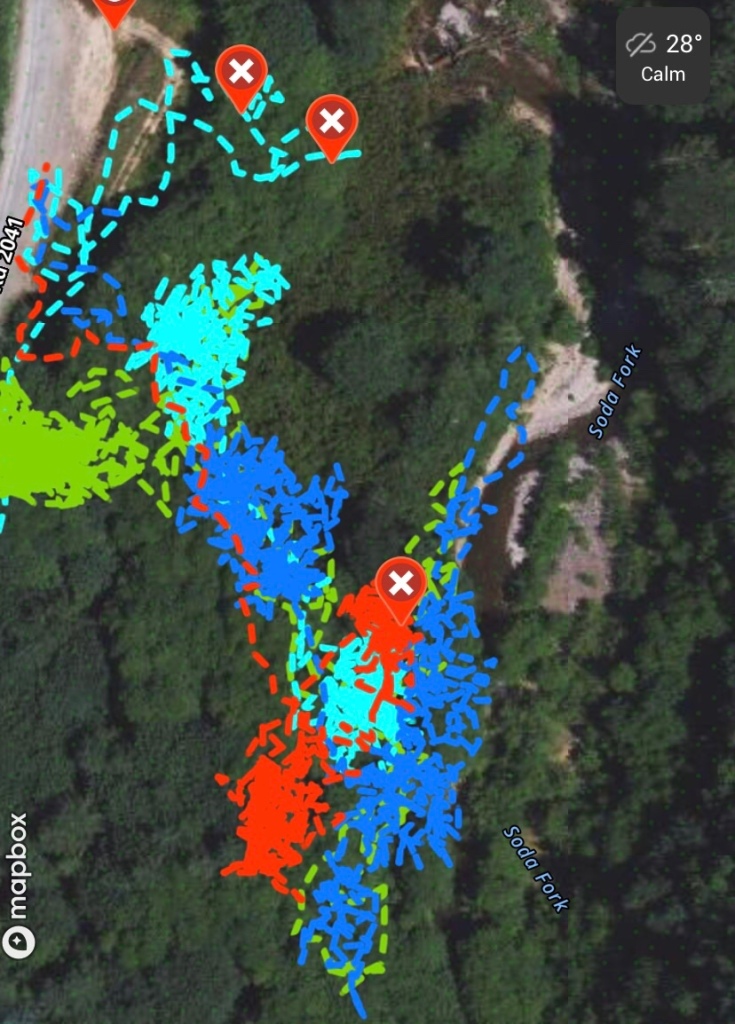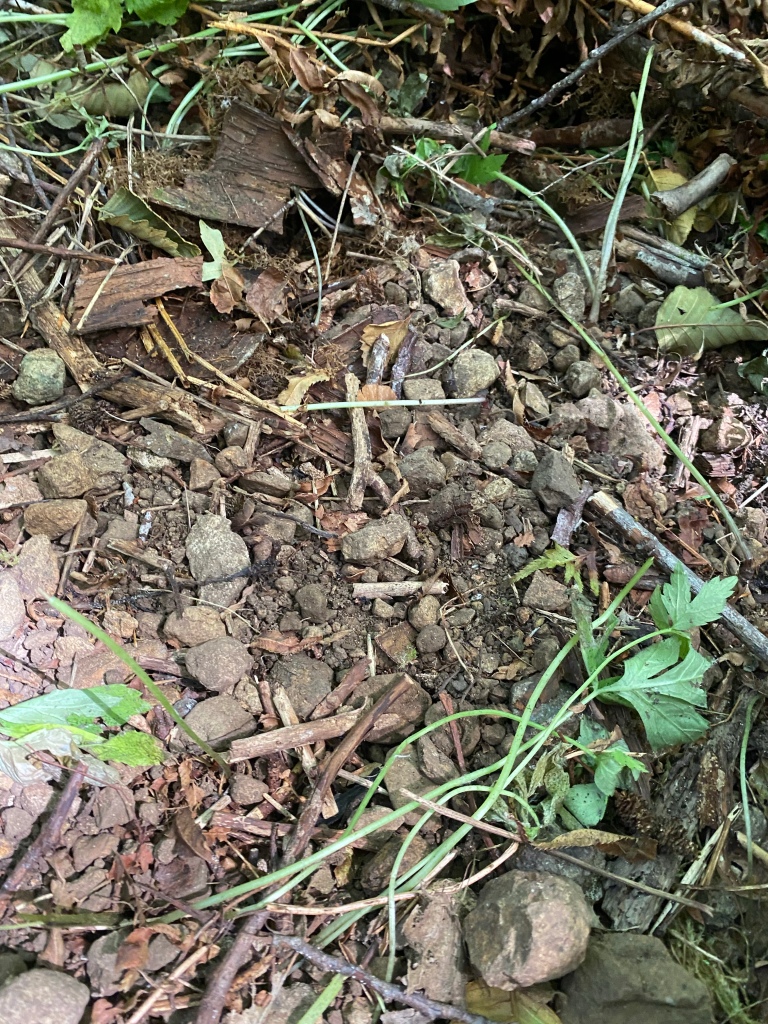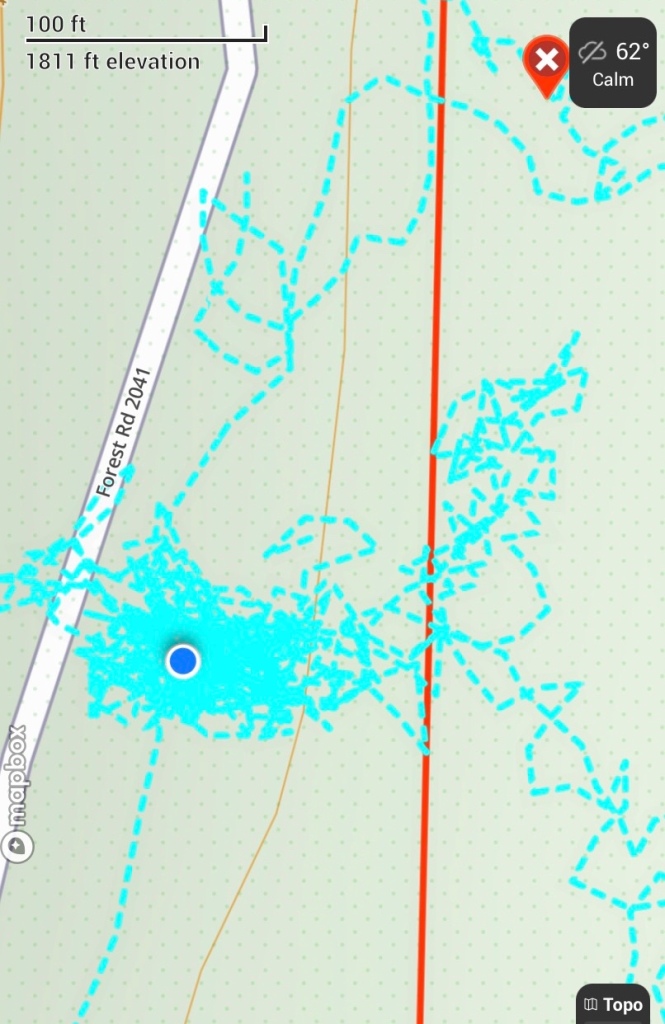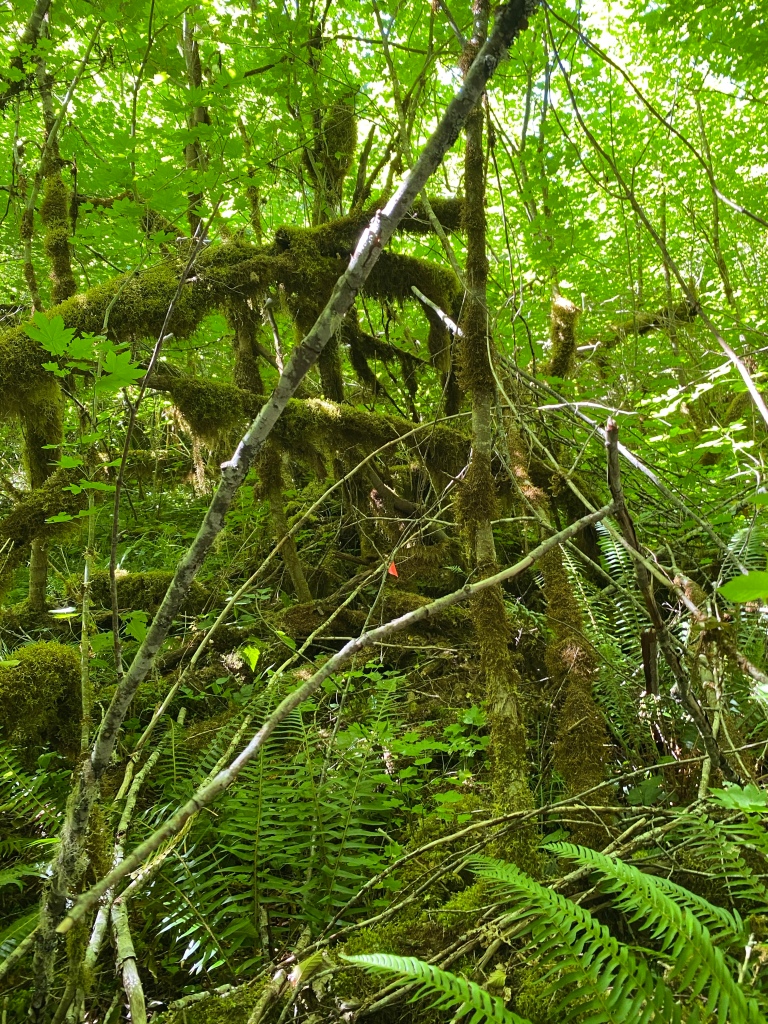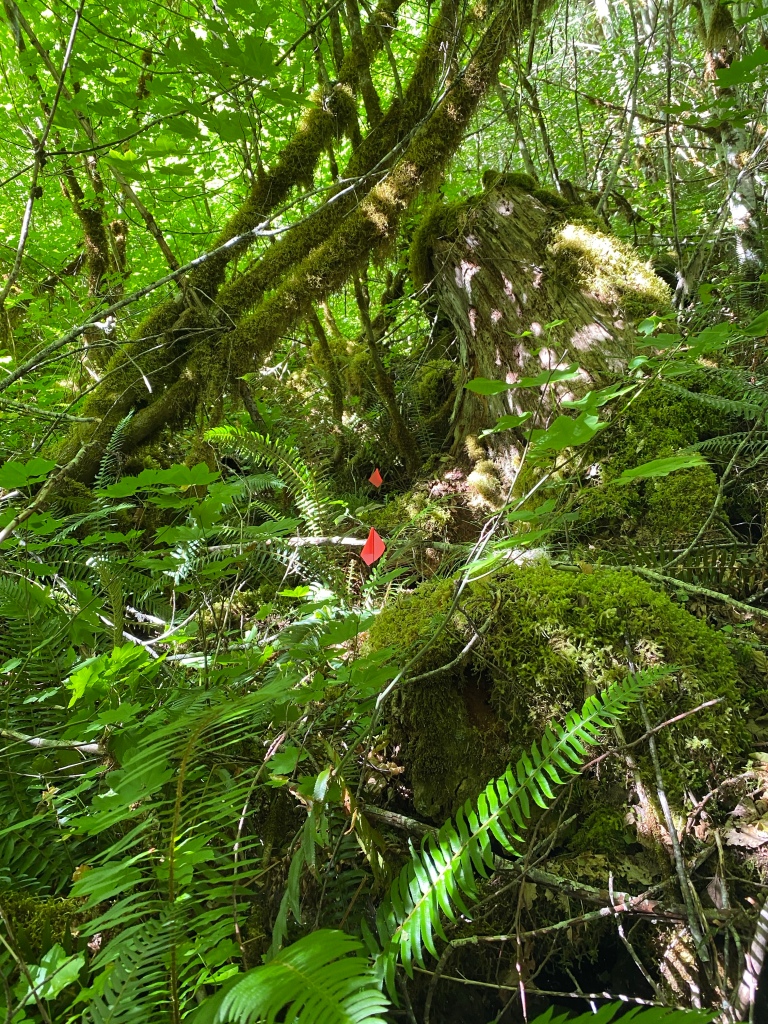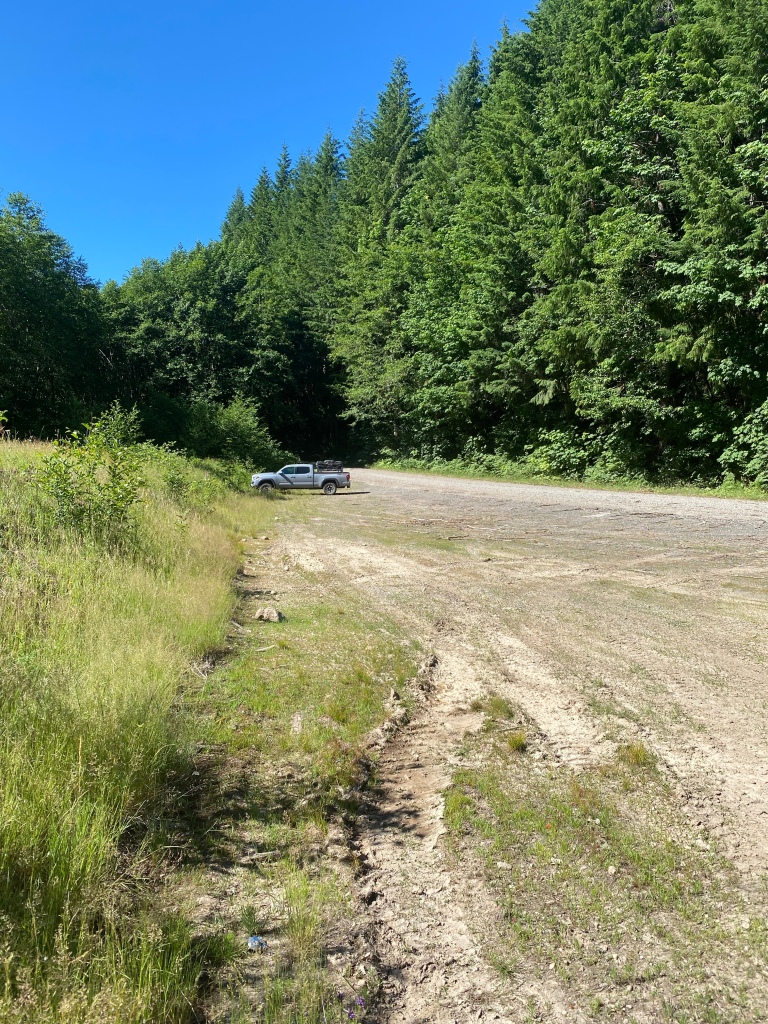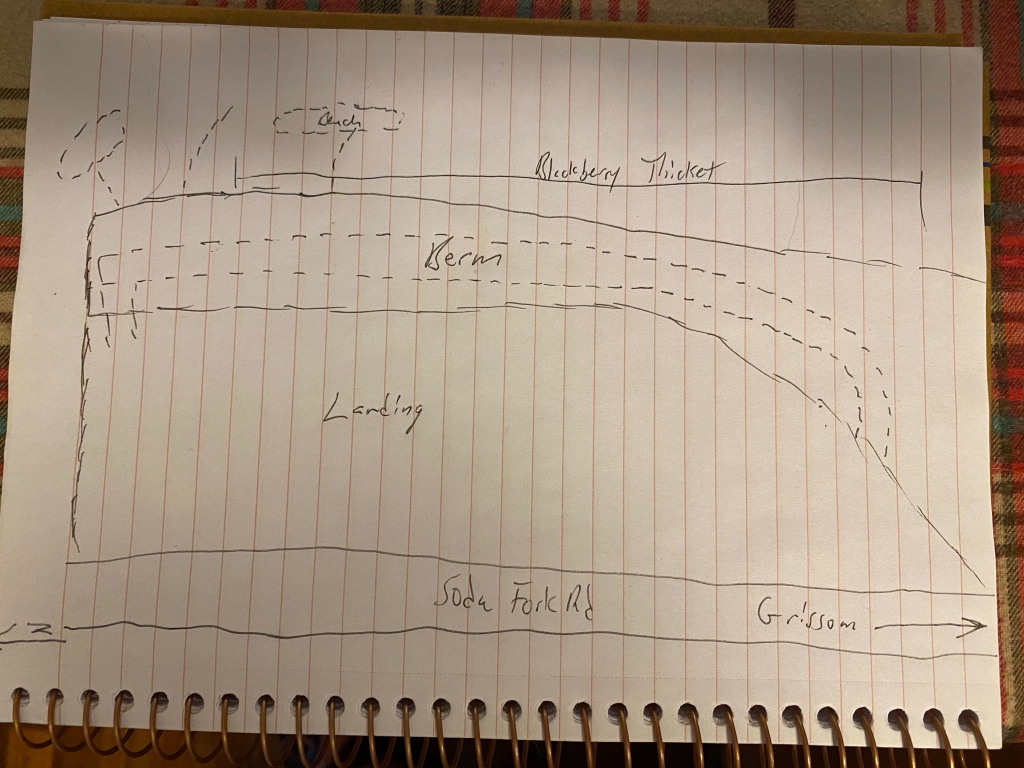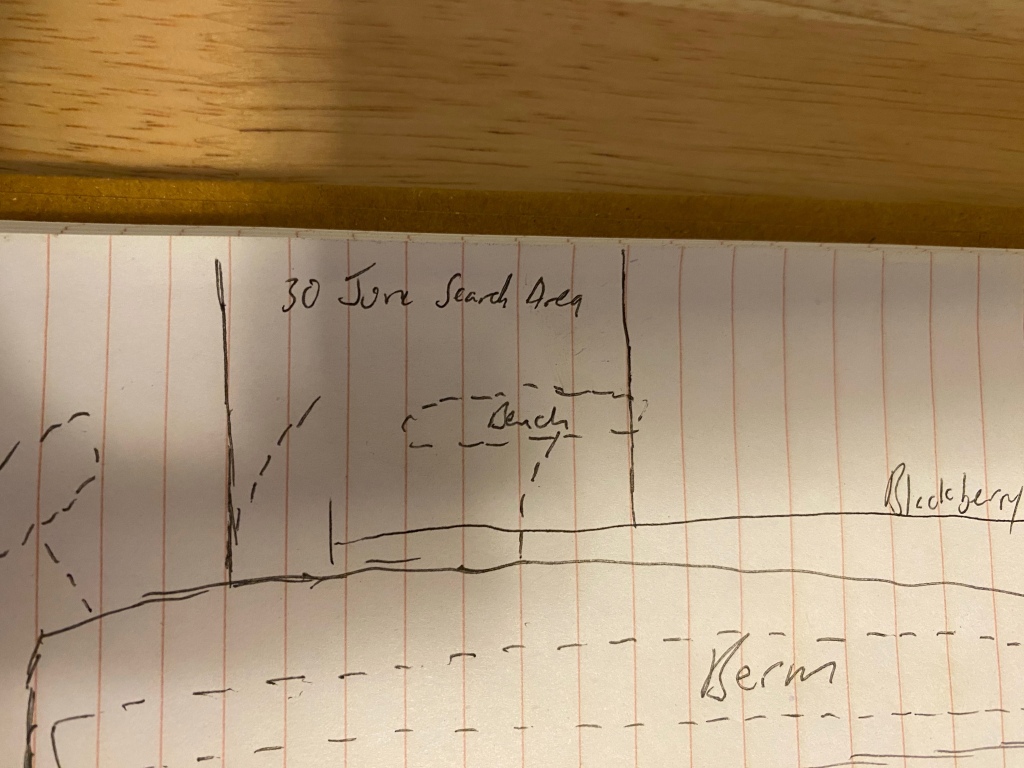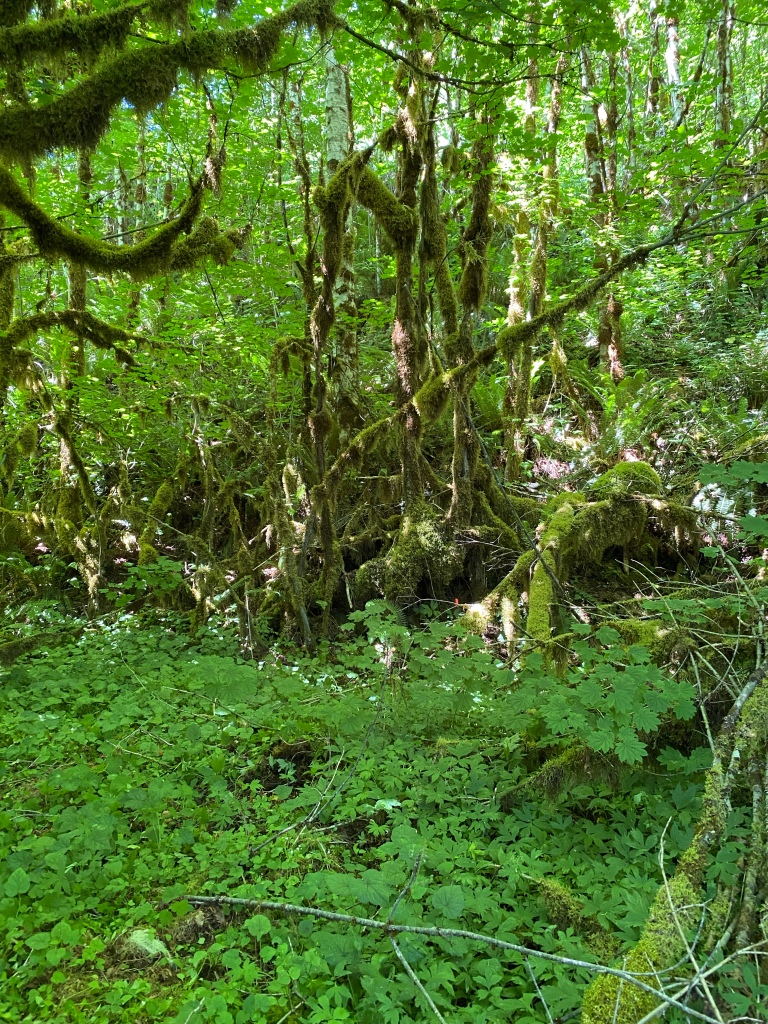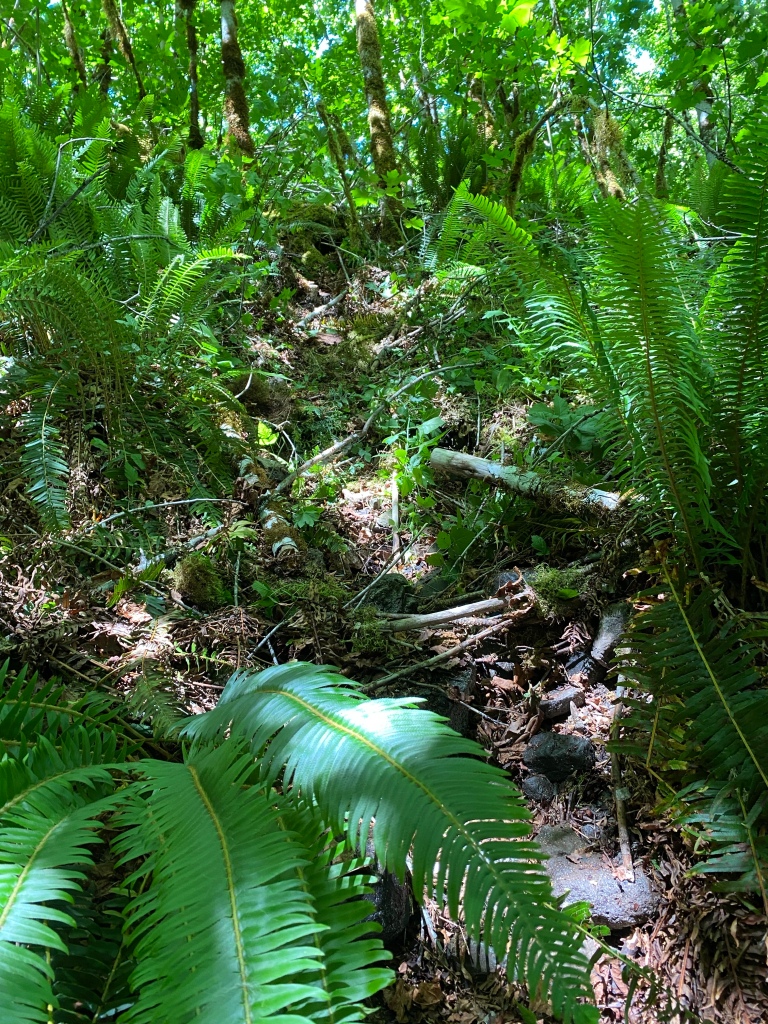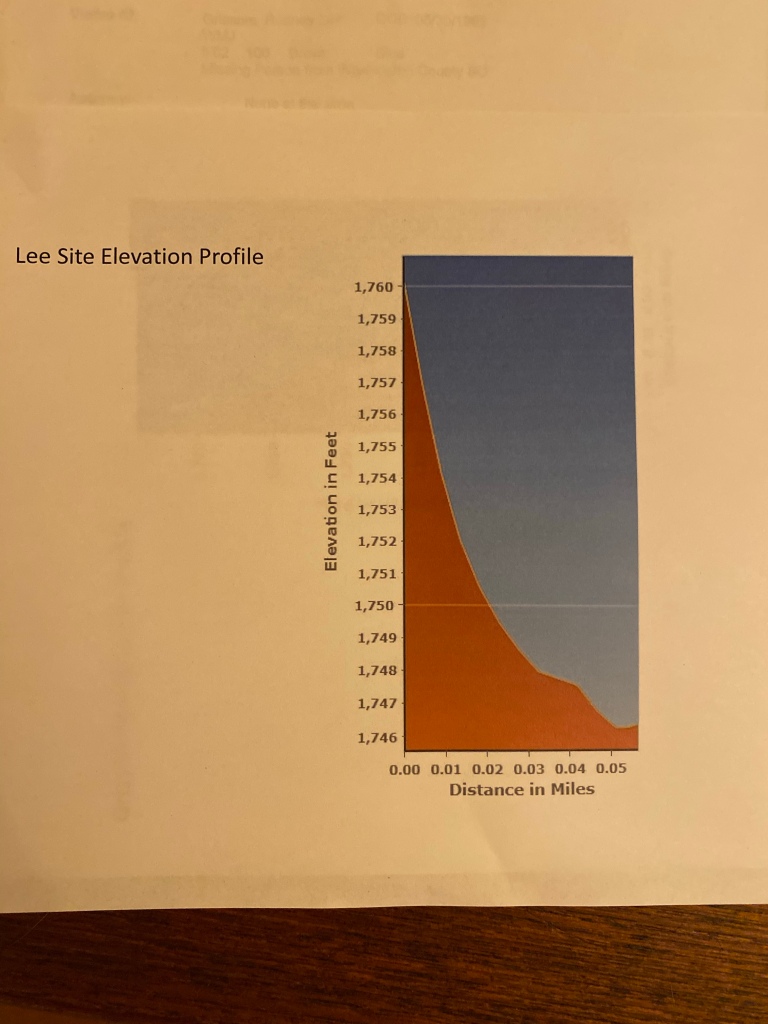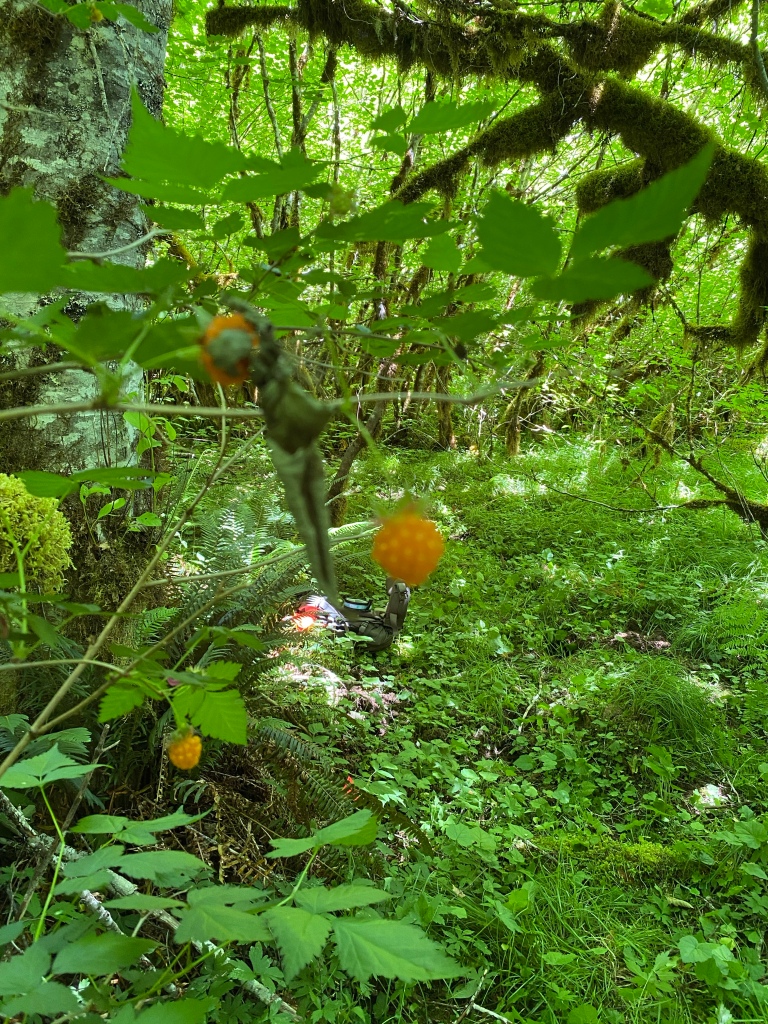“The only thing that beats new technology is no technology”.
Craig “Archie” Archer, Joint Exploitation Training Center, FT Bragg, 2011
These are the tools that I use for doing a search like this. To be honest, they are very basic tools, but they are dependable, low tech, and work in any weather. Different types of searches require different toolsets and general equipment. The equipment for an urban search for a lost child is much different from the packing list for going out to find a lost hiker on the Pacific Crest Trail. Below is a layout of what I typically take with me on a woodland remains search, like the one I am conducting for Karen and Rodney.

- All Weather Notebook and mechanical pencil: For sketching, making notes, etc. All weather notebooks are great for an environment like the PNW, and I greatly prefer pencils over pens for taking notes outside.
- Photogrammetric scales: These are used to provide a scale measurement for a photograph. This helps those examining the photograph determine the size, etc of the object in the photo. The inside cover of my notebook also has a scale. A dollar bill, 3×5” card, credit card, license, etc can also be used for a field expedient scale since they are all of a known size.
- Knee Pads: Self-explanatory for spending a full day working on your hands and knees. I prefer the soft foam type over the hardshell type. I find that the hardshell knee pads roll around too much on rocks or other hard surfaces. The soft, foam pads mold around rocks etc, and provide a lot more stability.
- Garden Gloves: Protect your hands from insects, thorns, plant irritants, etc. Garden gloves are far more durable than latex or nitrile gloves for a woodland search. I like the rubber dipped garden glove type. They are lightweight, dry fast since the cloth is synthetic and the rubber grip has a good “feel” to it. I find that the touch sensitivity of these allows me to differentiate between different types of material in my hands. These also prevent cross-contamination of any remains with touch DNA from my hands.
- Surveyor flags: I use these to mark search boxes, flag material for retrieval, mark trails to material, etc. Inexpensive, high vis and works in all weather.
- IPhone (not pictured): I use my iPhone for a camera, GPS, reference library and probably a few other uses I’m not thinking of at the moment. For my private searches I use the OnX GPS application. For a SAR call-out, I use SARTopo since our team has standardized on that and makes sharing tracks a breeze.





